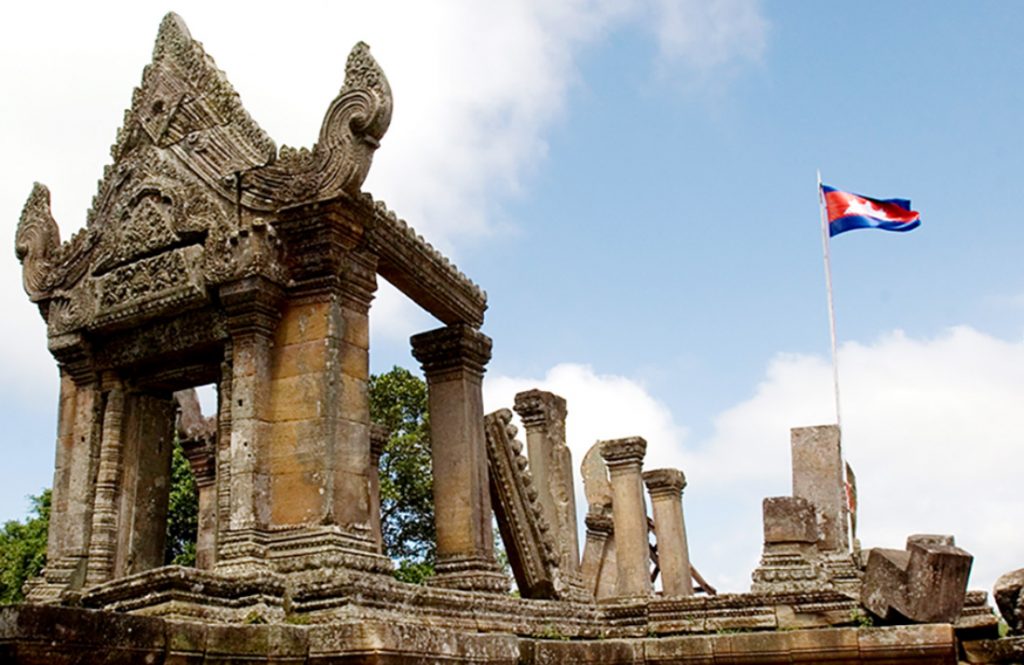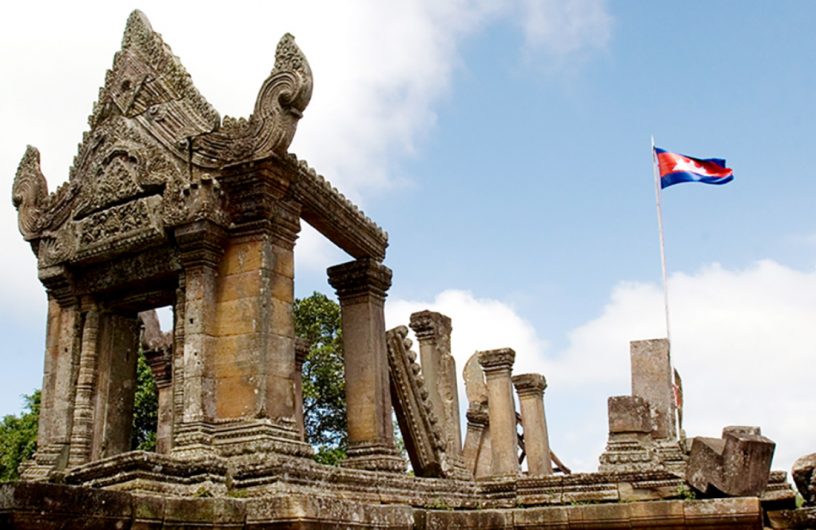
Two disputes involving Siam — Cheek v. Siam (1898) and the Temple of Preah Vihear (1962) — allow us to locate, if not exorcise, the ghosts of empires in Asian legal history, argues the author.
Author
Prabhakar Singh, Associate Professor and Executive Director, Centre for International Legal Studies, Jindal Global Law School, O.P. Jindal Global University, Sonipat, Haryana, India
Summary
The researcher argues that contextually reading two disputes involving Siam—Cheek v. Siam (1898) and the Temple of Preah Vihear (1962)—proves that both private law and public international law are structurally rigged against ex-semi-colonial nations. Nineteenth-century Siam was a political ferment known variously as a semi-colonial, semi-peripheral, non-colonial, or uncolonized polity.
Siam bargained under imperial shadows her political independence by the tactical grants of concession contracts, as well as by negotiating treaties with competing European powers. In the post-colonial Temple of Preah Vihear case, colonial stationery—maps, photographs, and communiqués—as well as imperial customs offered evidentiary support to Cambodia, an ex-colonial state, against Thailand.
In the early twentieth century, while authors picked Cheek v. Siam as a precedent for the law of international claims, textbooks offer the Temple of Preah Vihear case as a precedent on the form of treaties and estoppel.
Conclusively, these two cases allow us to locate, if not exorcise, the ghosts of empires in Asian legal history, exposing, at the same time, Judge Koo’s Orientalization of customary international law.
The researcher focuses on the distinction between colonialism and semi-colonialism, the two simultaneous political experiences of Asian societies, in this paper. As a framework of study, the author evaluates the role of semi-colonialism in the universalization of international law in Indochina.
Published in: Asian Journal of International Law
To read the full article, please click here


